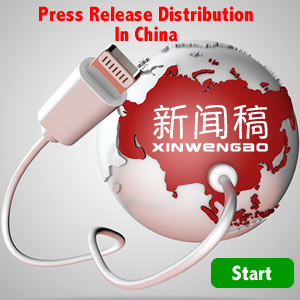Chinese technology company Inspur and American open source manufacturer Red Hat have reached a strategic deal to combine Red Hat's latest-generation enterprise operating system Red Hat Enterprise Linux 7 with Inspur's X86 platform products.
According to the agreement, Inspur and Red Hat will become OEM partners. The OEM partner designation is the highest partner rank for Red Hat and Inspur will enjoy the best prices and the highest priority technical support. Other financial terms of the deal were not released.
As the first step of the cooperation, Red Hat will provide full technical and service support to Inspur's nine kinds of X86 computing products; in return, Inspur will preferentially recommend Red Hat Enterprise Linux 7 operating system to its users. In the future, the two parties will cooperate in cloud computing, big data, storage and virtualization services.
The Chinese market is currently the growth highlight of the global server market. Statistics released by the market research firm Gartner showed that in the first quarter of 2014, Inspur had 19% market share in the server market, ranking first in China and fifth in the global market. With a year-on-year increase of 288%, the Chinese company was reportedly the fastest-growing manufacture in the world. Red Hat has been leading the open source sector and its Red Hat Enterprise Linux has been a leading enterprise operating system since its launch over ten years ago. At present, over 90% of Fortune Global 500 companies are using the enterprise Linux solutions provided by Red Hat.
Scott Musson, Red Hat's vice president of global strategic alliance, said at the signing ceremony that the company hopes that the cooperation with Inspur will enhance Red Hat's business expansion in the Chinese market and reinforce the use of Linux operating system in China.
Hu Leijun, vice president of Inspur Group, said that Inspur and Red Hat have reached accreditation cooperation for the enterprise Linux operating system level. The two parties plan to form an in-depth partnership in cloud computing, critical computing, virtualization, and big data in the future to fully meet customer demands.




